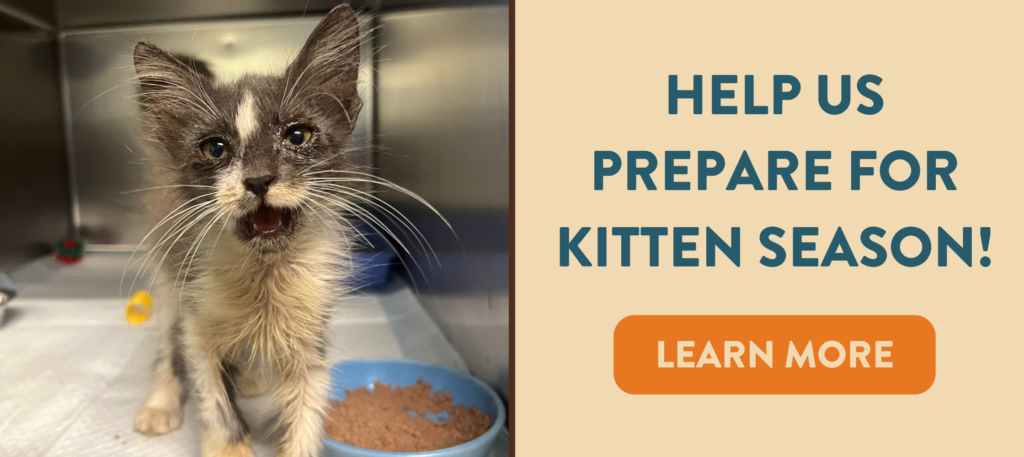Your cat may show the following behaviors when she is fearful:
- Fleeing
- Hiding
- Aggression (which includes spitting, hissing, growling, swatting, biting, scratching, puffing fur and tail, arching back, swishing tail, and flattening ears)
- Freezing in place.
What You Can Do
Take the following steps to reduce your cat’s anxiety and help her become more confident:
Schedule an appointment with your veterinarian for a thorough physical examination to rule out any medical reasons for your cat’s fearful behavior.
- Schedule an appointment with your veterinarian for a thorough physical examination to rule out any medical reasons for your cat’s fearful behavior.
- Cats don’t always act sick, even when they are. Any sudden behavior change could mean that your cat is ill.
- Some common symptoms that suggest your cat may be sick are sudden aggressiveness, hiding, and eliminating outside the litter box.
- If your cat is healthy, but hiding, leave her alone. She’ll come out when she’s ready.
- To force her out of her hiding spot will only make her more fearful. Make sure she has easy access to food, water, and her litter box.
- Clean the litter box and change the food and water every day so you know whether she is eating and drinking.
- Keep any contact with the fear stimulus to a minimum.
- Keep your cats routine as consistent as possible.
What Not To Do
- Do not punish your cat for her fearful behavior.
- Do not force your cat to experience the object or situation that is causing her fear.
- Be cautious in handling your cat when she is frightened. She may accidentally direct her aggression to you.


